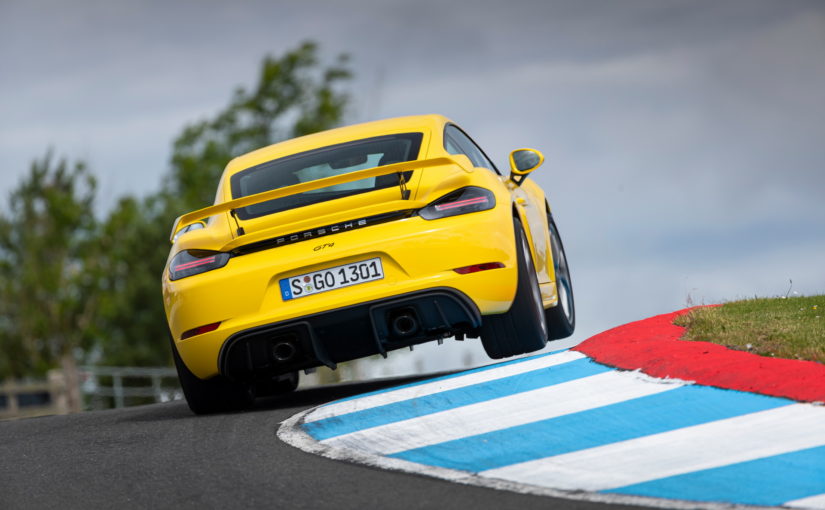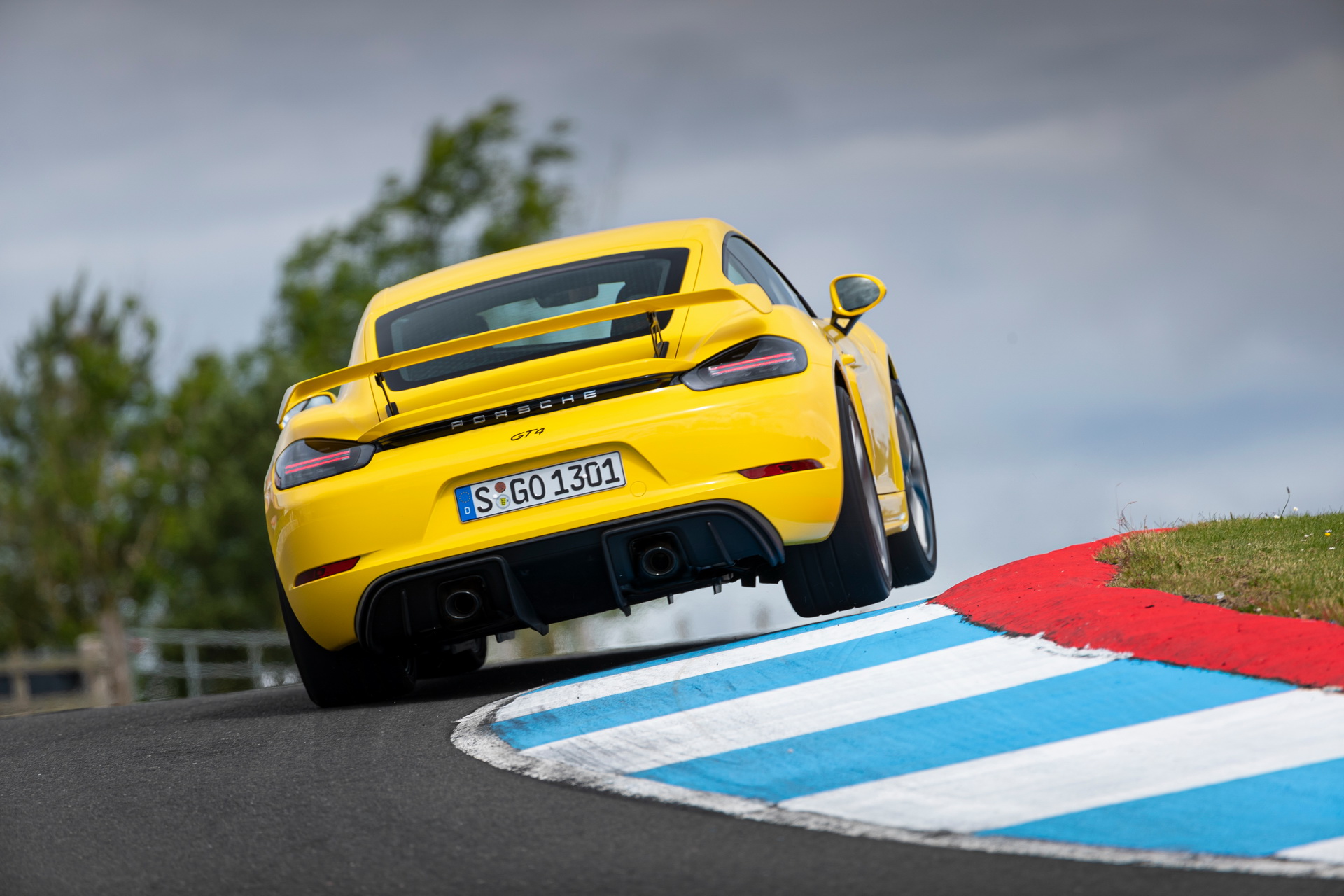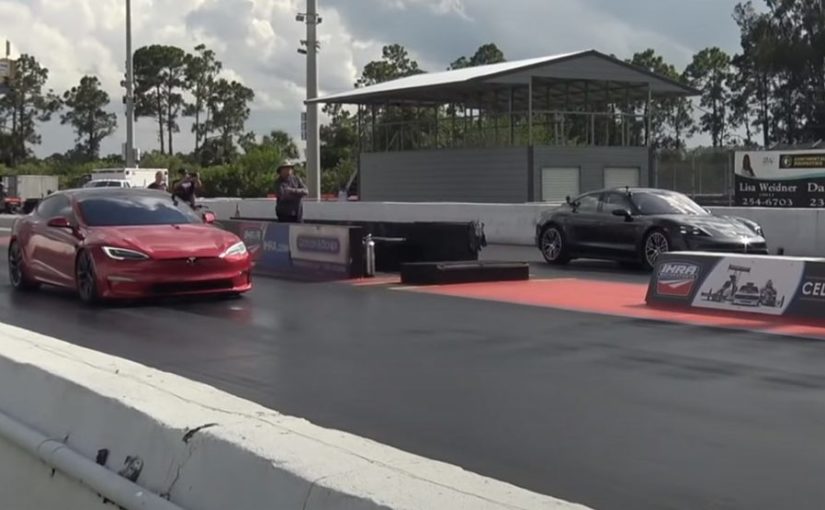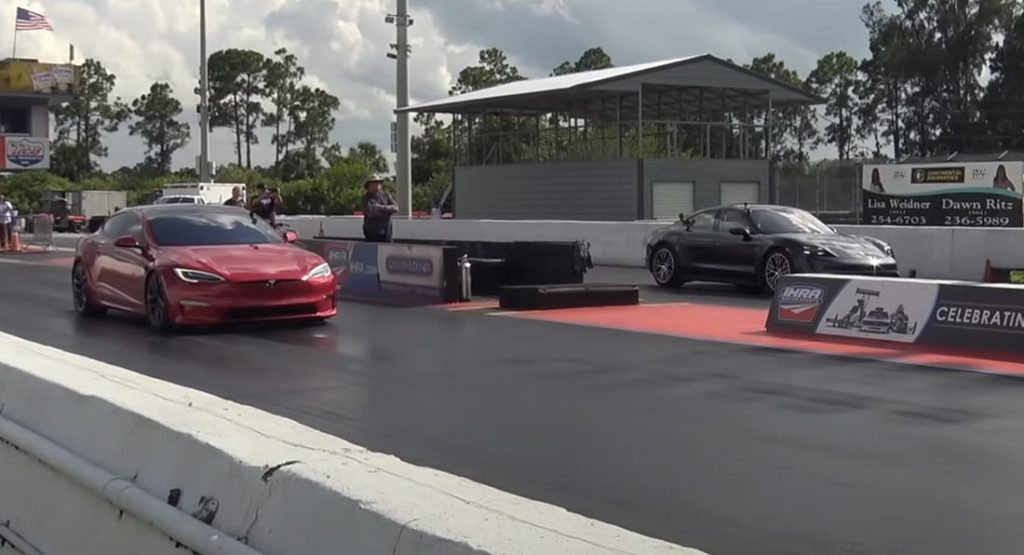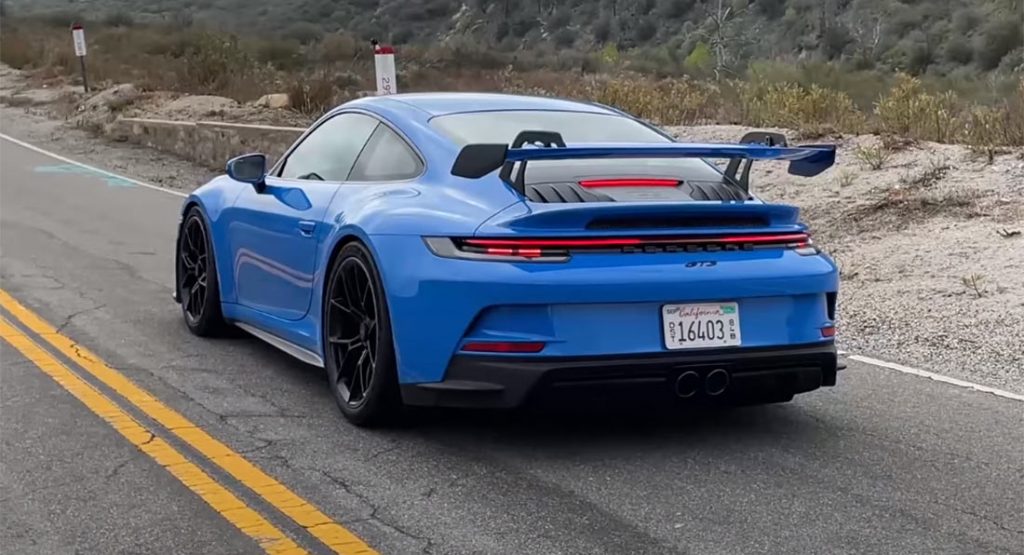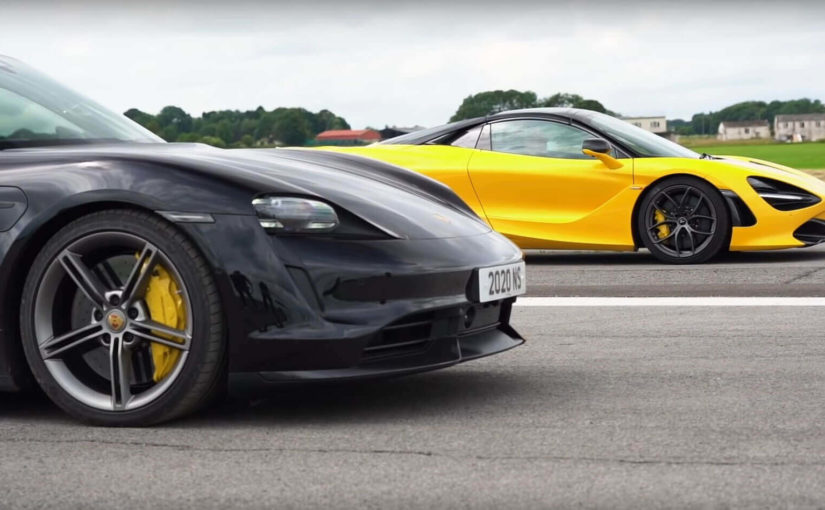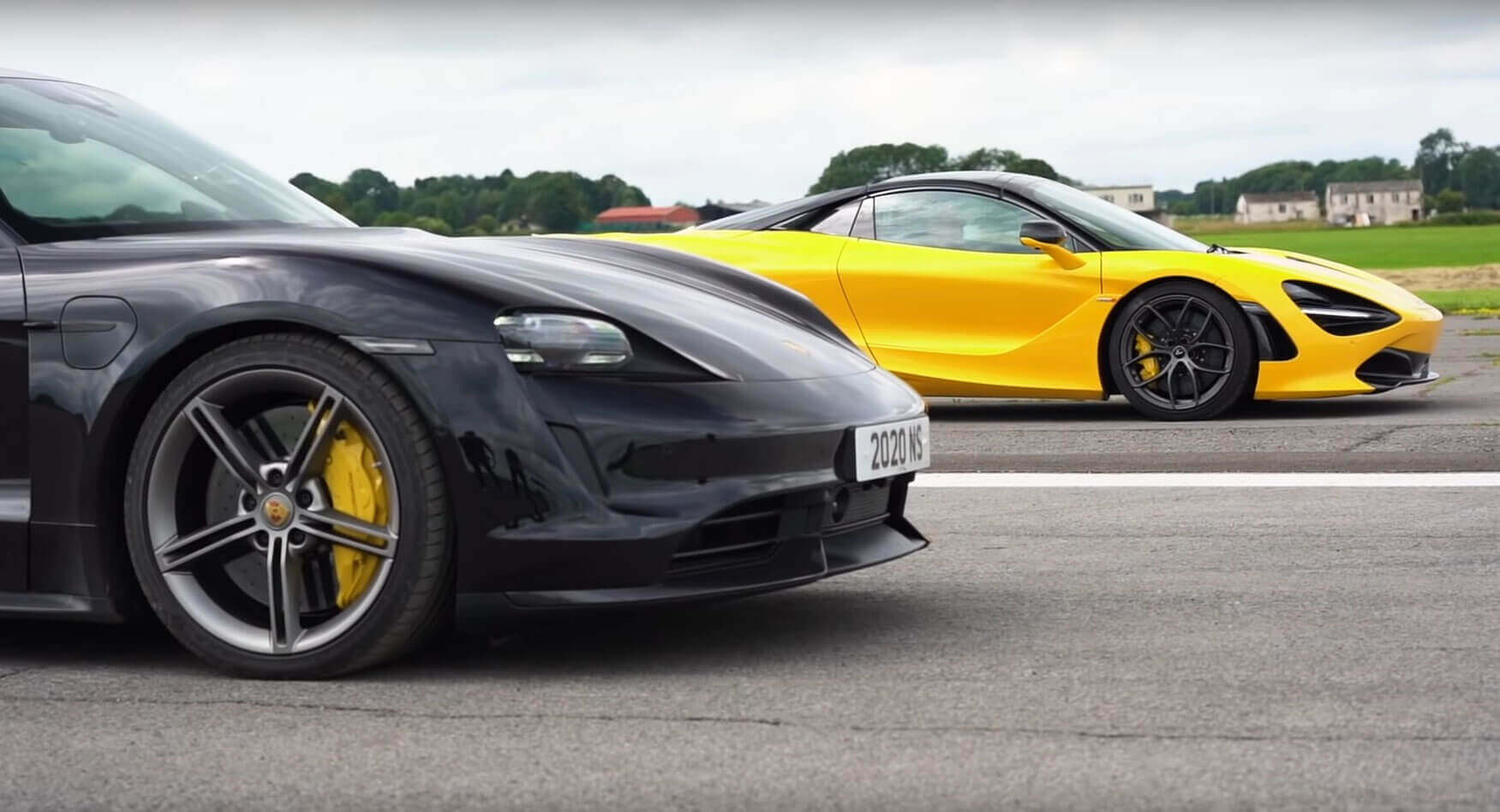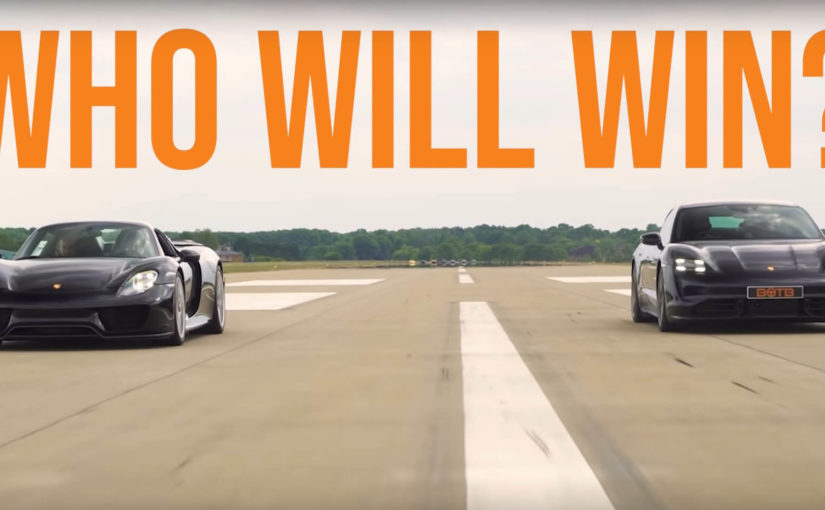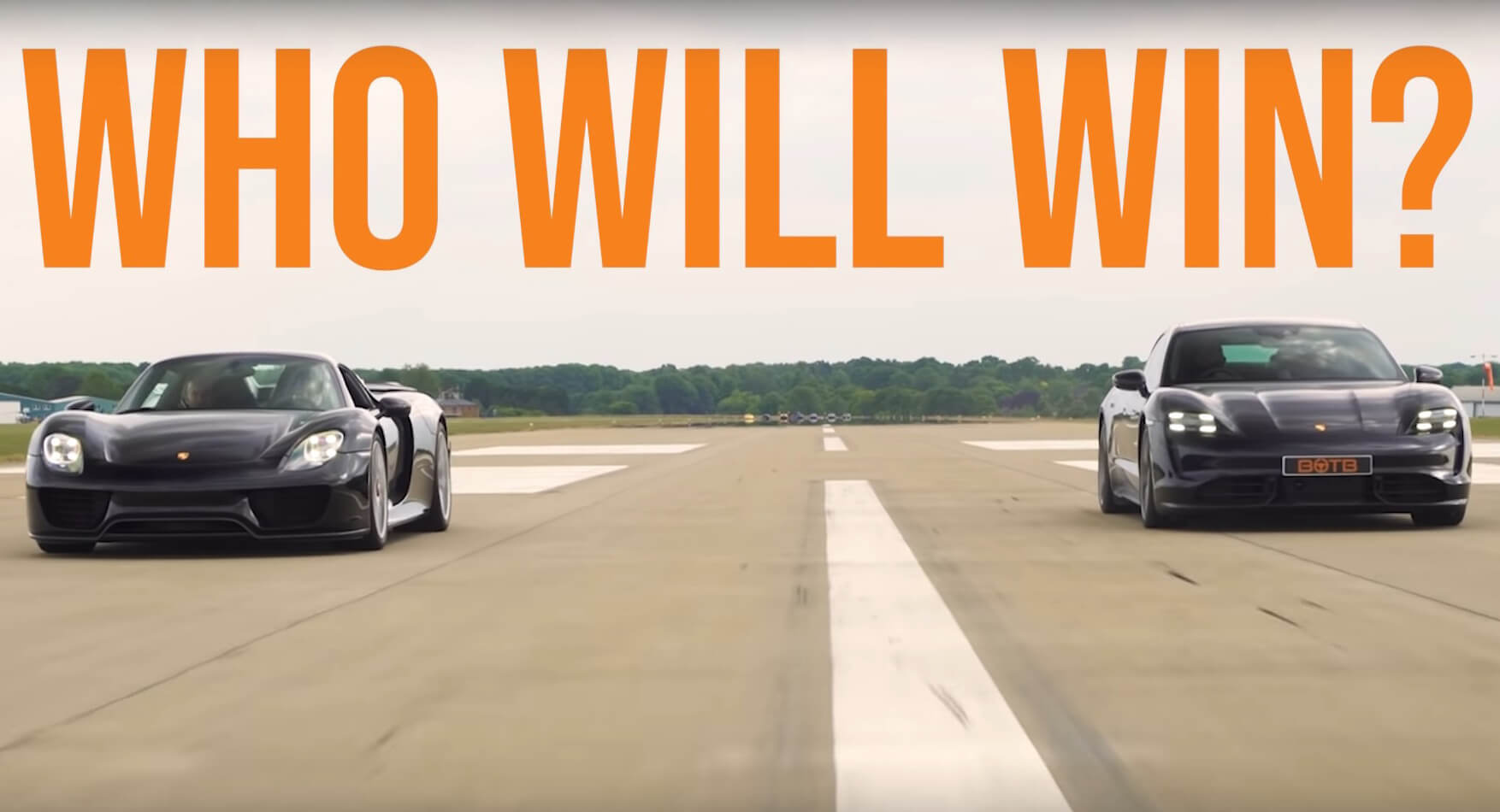When it first came out in 2006, the Cayman was basically a coupe version of the Boxster roadster and would become well-recognized as the little brother to the 911.
Now on its third generation, the Cayman sprouted the 718 moniker to pay tribute to Porsche’s four-cylinder racing heritage, most notably the Targa Florio races in 1959 and 1960. That’s because Porsche made the controversial decision to outfit this generation of Boxster/Cayman with turbocharged four-cylinder engines.
So the 718 tag did make sense. Of course, with the arrival of the six-cylinder GT4, things don’t quite add up. Regardless, Mat Watson from Carwow takes us into an in-depth review of the latest iteration of the Cayman GT4.
The difference in exterior design on the GT4 in comparison to the standard Cayman is instantly apparent. The body has a much more aggressive style overall, with deeper bumpers, meaningful air intakes around the side, a huge wing slapped on the back along with twin exhaust pipes, smoked taillights, and 20-inch alloys that you can have in black, silver, or gold.
The most important feature, though, is nestled behind the cockpit of the GT4. The engine featured is a naturally aspirated 4.0-liter flat-six producing 420 hp (426 PS/313 kW) and 420 Nm (310 lb-ft) of torque that is transferred to the rear wheels via a seven-speed dual-clutch gearbox, although a six-sppeed manual is standard.
Read: Is One Of The Most Underrated Cars Of The Moment The Porsche 718 Cayman GT4?
[embedded content]
According to Porsche, the PDK-equipped GT4 is capable of reaching 60 mph (96 km/h) from a standstill in 3.9 seconds. After a couple of efforts, the closest Watson was able to get was a notch over four seconds, but let’s blame that on the Michelin Pilot Sport Cup 2 tires that need to be warmed up to reach their full potential. The brake test was impressive too, coming to a standstill from 60 mph (96 km/h) in 32 meters thanks to the optional carbon-ceramic brakes on this specific car. In fact, it doesn’t stop there. The GT4 comes equipped with an array of upgrades over the standard that continue to make it a track-focused car, like Porsche’s active suspension management (PASM) as standard, a lower stance, lighter axles, and inverted dampers that you will also find on a 911 GT3, to name a few.
On the road, you’ve got a wide range of revs coupled with handling that is sublime and full of feedback. Mat Watson explains it as “confidence-inspiring” because of the way it makes you feel like you are in full control all the time. As Watson advises, it would be a crime to not take the GT4 to the track regularly, although you might want a manual gearbox if you want a slightly more engaging experience. Still, you cannot help but admire the PDK unit as its dual-clutch automatic gearbox whips through the ratios in such an impressive manner.
One thing to keep in mind, however, is that the GT4’s standard equipment list is not that long. This is especially apparent inside where, unless you are willing to spend a fair bit of cash to upgrade, it’ll look almost the same as the standard Cayman. Indeed, if you fancy the optional extras of the car featured in the video, you’ll be looking at a price tag close to £100,000 ($139,000).
